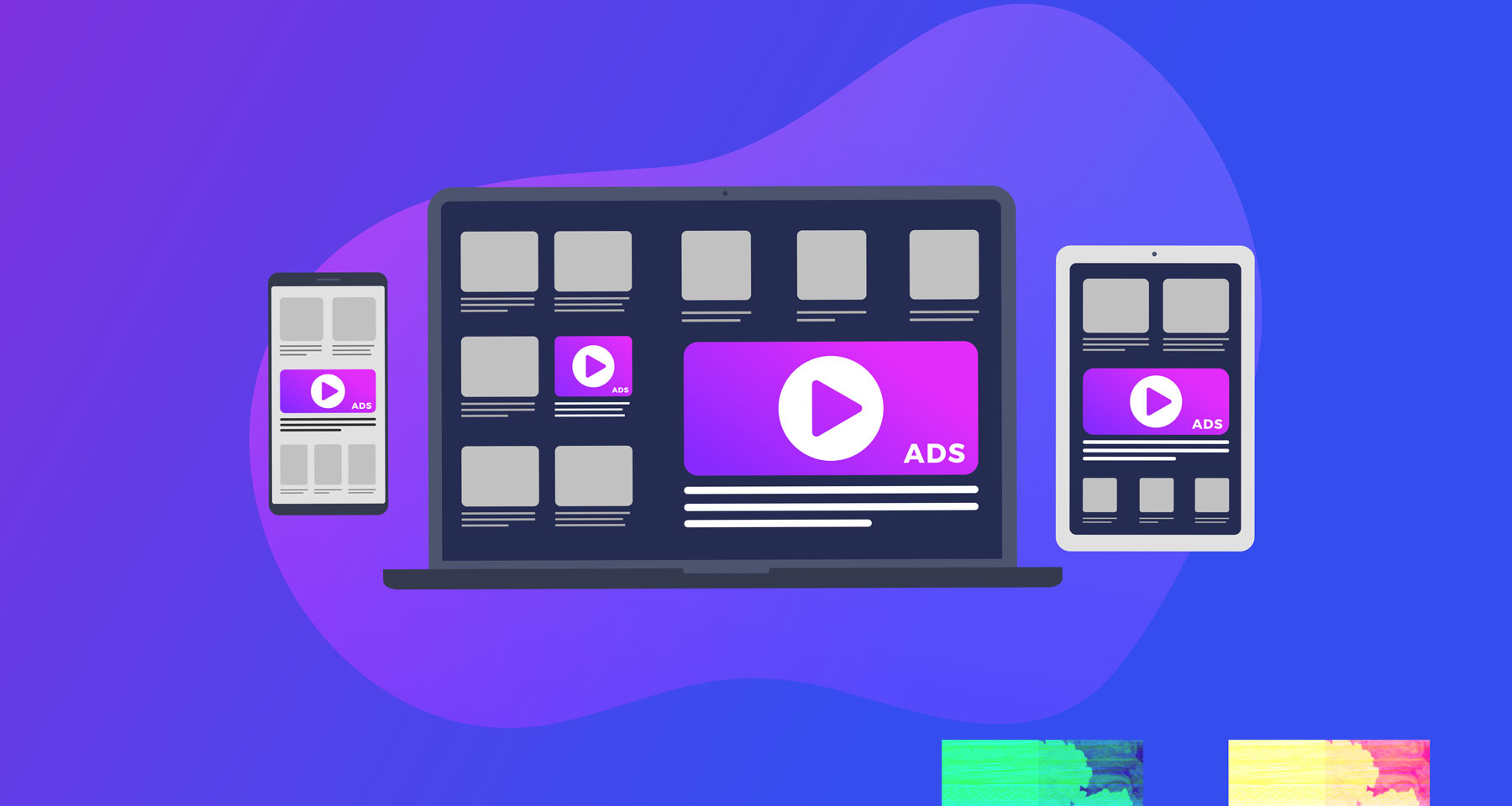The discussion of in-banner video ads for publishers is not a new topic, so why revisit the topic?
In a recent conversation with folks from a very large ad production firm for both print and digital, they said that, for newspaper publishers, video ads (in-banner video or IBV) are still not a priority. This was a shock, and I feel compelled to share again the value and opportunity of IBV.
We all realise there is an evolutionary discussion from next-generation print to digital, but why is IBV not front and center?
It might be a bit presumptuous to say this, but if your sales teams are not focusing on IBV formats as a key sell-through strategy of direct sales or programmatic, you are definitely leaving money on the table.
A bit of history
With the rise of social media advertising, three times the number of advertisers moved to Facebook from 2016 to 2020. Marketer ad dollars have moved from 30% of that spend to 49% in video marketing. Driven by the post-COVID-19 online video consumption surge that is here to stay, video (both in-stream and out-stream) will account for 52% of online display advertising revenue by the end of 2024, growing from 47% in 2020.
There is no question this would be a jolt to existing video display ad buying strategies across the board.

In addition, from 2019, programmatic IBV spending trended downward due to industry initiatives such as ads.txt, which effectively closed the opportunities powered by programmatic IBV. Additionally, initiatives such as Google Core Web Vitals and Chrome’s heavy browser implementations pushed supply-side platforms to disable the auto-play video capabilities, affecting the IBV as a positively viewed opportunity.
With these changes in the marketplace, IBV might have been affected in short term. However, the opportunity is still very positive and should be done right.
Understanding the industry
According to a recent report by Statista, 29% of marketers voted for pre-roll skippable video ads as the most effective ad format versus 10% who voted for standard display. So, why not bring that money and opportunity to your display ads and add the skip feature as necessary?
It’s also worth noting that in a 2021 State of Video Marketing survey, 87% of marketers said video offers a positive return on investment versus 78% who said the same in 2018. Additionally, mobile is key for display ads, especially video. According to an eMarketer report on digital display spend, in 2022 75.6% is expected to go toward mobile, 12.8% toward desktop/tablet, and 11.6% for connected TV (CTV).

Advantages of IBV
A key feature of IBVs is they can run in existing ad slots. This makes it very easy for publishers to implement. Formats range from standard 300×250, 300×600, and 970×250 to mobile full-page vertical video and responsive high-impact banner or expandable formats. Additionally, there are five types of IBVs: standard video (left, right, or centre placement), full-bleed video, shoppable video with carousel, shoppable video with pins, and multi-video galleries.
IBVs offer great high-impact experiences for end users, even though video ads need to be muted on load and auto-play might not be the best approach for programmatic delivery. Videos offer great storytelling opportunities and can really drive good content for the user experience. When ads are sold directly, auto-play can be a standard approach.
Also, publishers can sell more. With the high-impact value and buyers used to paying top rates for video on TV or CTV, it creates an opportunity to charge at a premium. Plus, they have high conversion rates. They get higher click-through rates due to better messaging from brands and value to the consumer.
Any marketing video can be repurposed. There are many companies that use videos shot for pre-roll video and then repurpose as 15- or 30-second clips. Small businesses can shoot short videos with their smartphones. Additionally, no video is needed for the publisher, nor is any hosting or video player required. Publishers only need to traffic a banner.
Finally, dynamic loading and streaming are possible. Using solutions like preview-renditioning (a four-second, looping video that trigger the full video with a click), the 4MB Chrome heavy restrictions can be avoided. High-quality videos can be loaded.
What about the news media industry?
When it comes to the news media industry, IBV has been tried and tested with mixed results. In our research at ResponsiveAds, we have found the main advertising strategy that drives performance has been direct response advertising, where results are measured in click-through rates.
If there is a video in an ad without the clear design and delivery of a click-through scenario, then the main results are in branding metrics measured through time-based methods such as awareness. This is a key part of a media strategy. However, if it is not measured correctly, it can lead to possible misconceptions on the real performance of the ad.





Comments are closed.